by James L. Kochan
Provisional light infantry units were first formed in the British Army during the French and Indian Wars to deal with the French irregulars and their Indian allies. They were disbanded with the coming of peace in 1763. But the importance of light-armed troops was finally officially recognized with the establishment of a permanent light infantry company in each of the “Marching Regiments of Foot” nearly a decade later.
In selecting men for such service, commanding officers were advised to take into account that as “the Attack may frequently become personal between Man and man, It is therefore necessary to be particular in selecting Men for this Service not only of Activity and Bodyly [sic] Strength but also some Experience and approved Spirit.” The light infantry were expected to be equally proficient in both loose, skirmish order and in the closed ranks of batallion formations, with special attention given to their skills as marksmen.
[text_ad]
On campaign, British light infantry companies were detached from their regiments and formed into temporary light infantry battalions. They were the first on the battlefield and the last to leave—scouting, foraging and skirmishing well in advance of the main army, they were often relied upon to cover any withdrawal or retreat. Specialied uniform and equipage were selected appropriate to the service expected of these new troops.
Leather caps and lightweight accouterments replaced the awkward cocked hats and heavy belting worn by other foot troops. Tomahawks supplemented muskets and bayonets of the new Short Land Pattern (or “2nd Model Brown Bess,” as it is commonly known to collectors today)—the light infantry companies being the first recipients of these new arms. Short red coats and jackets were adopted and on campaign, light infantrymen even wore their hair close-cropped. The unusual spectacle of curtailed uniforms and hair soon led to the appropriate appellation of “Light Bob” for this new brand of British fighting man. From the first shots fired at Lexington Common in April 1775 until the close of the Revolutionary War, the aggressive and tenacious nature of Redcoat light troops in the attack and pursuit of the enemy earned them another nickname, “Bloodhounds.”
The 2nd Light Infantry Battalion established a particularly fearsome reputation for their used of cold steel at Paoli and “Baylor’s Massacre” the following year. In both surprise night attacks, the Bloodhounds charged with fixed bayonets attached to unloaded muskets.
Originally Published June 10, 2014
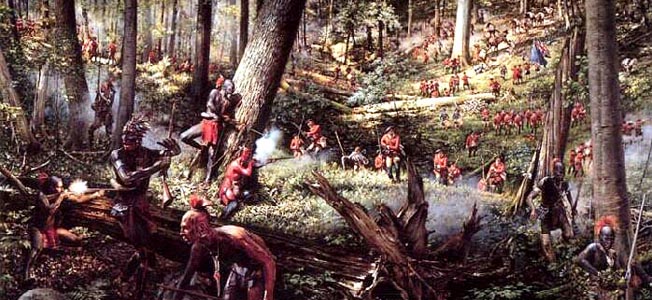

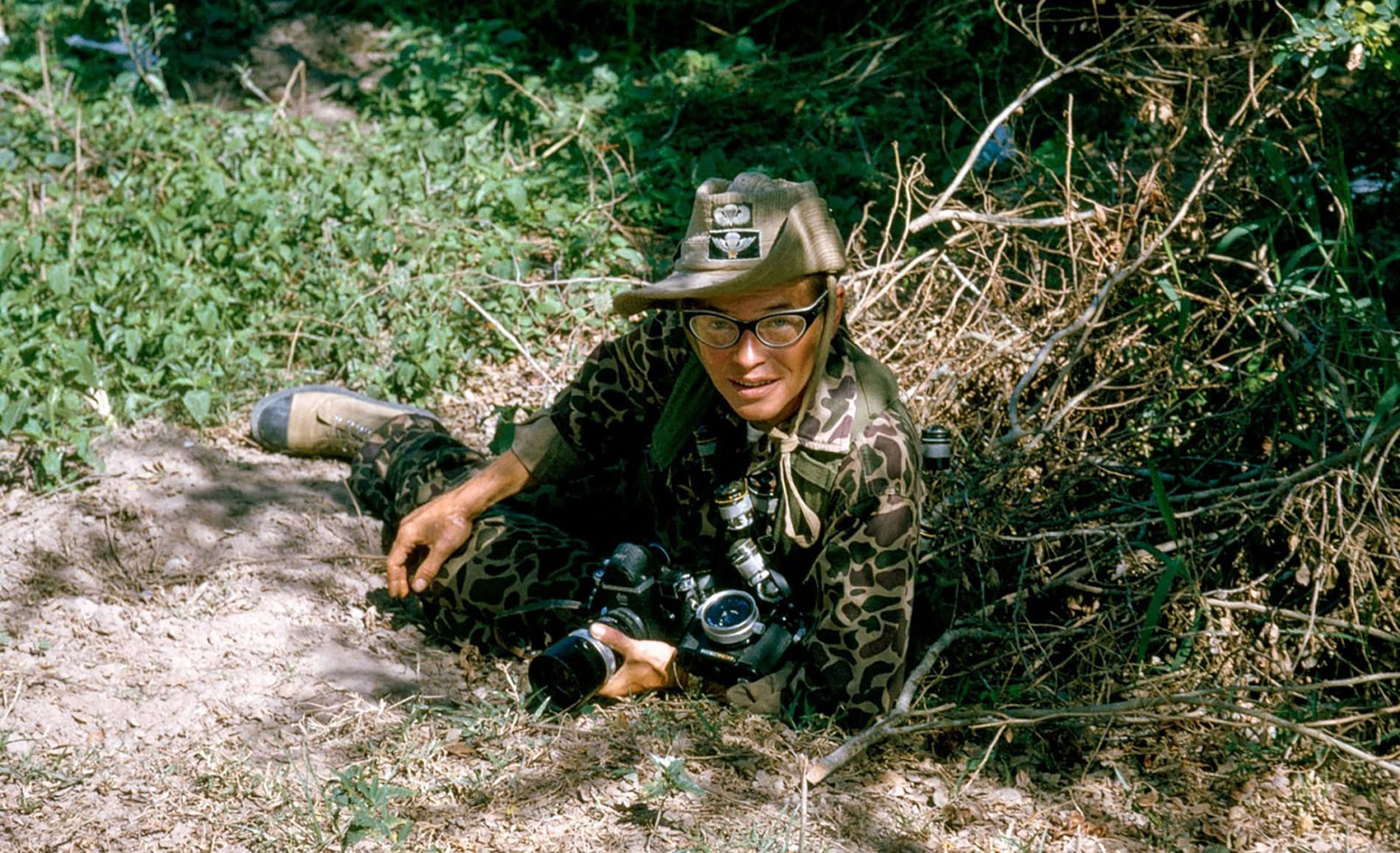
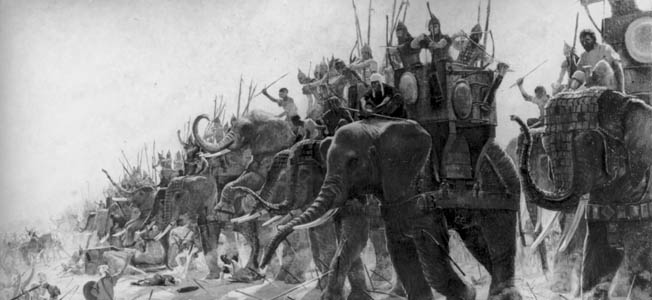
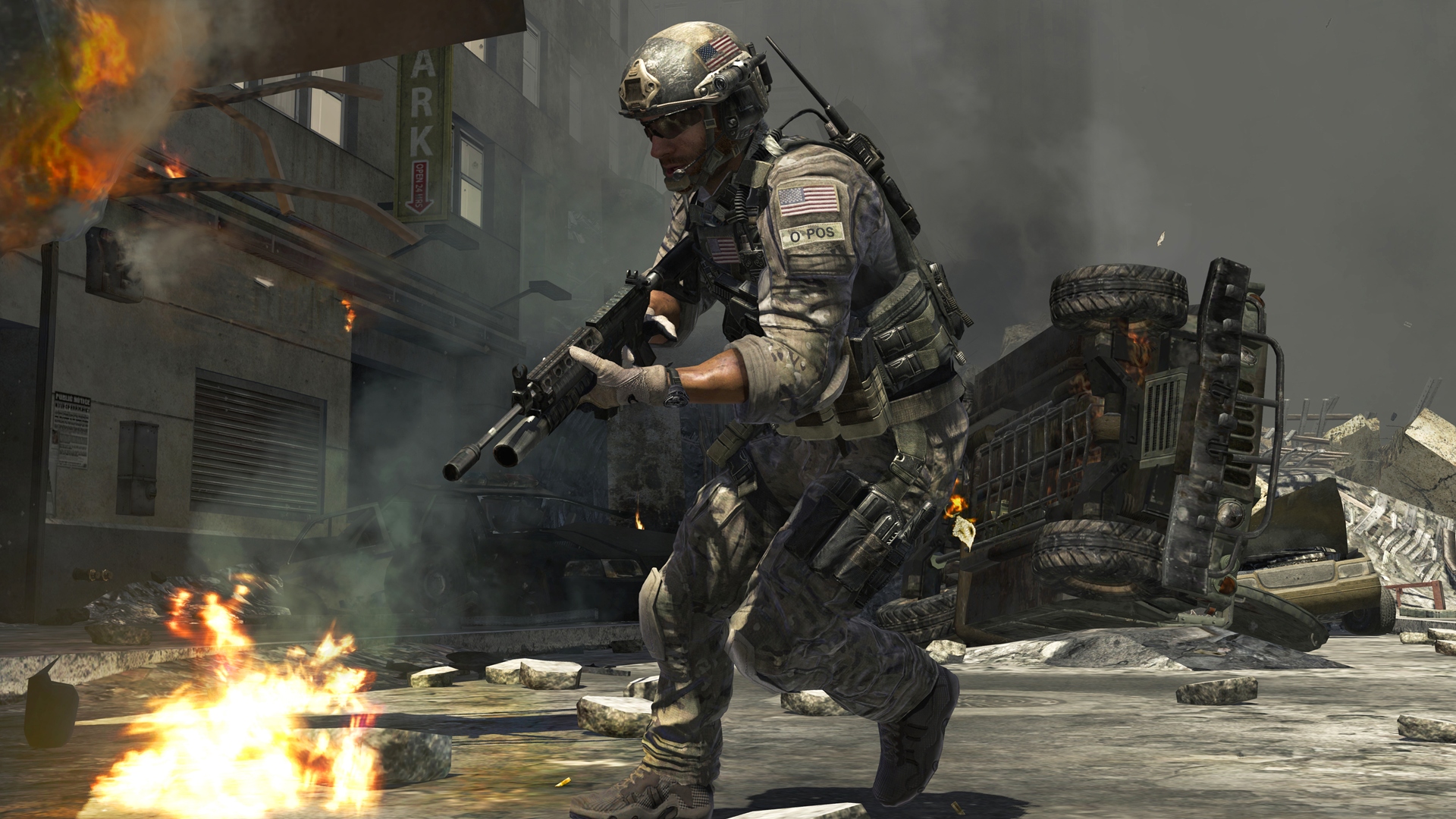
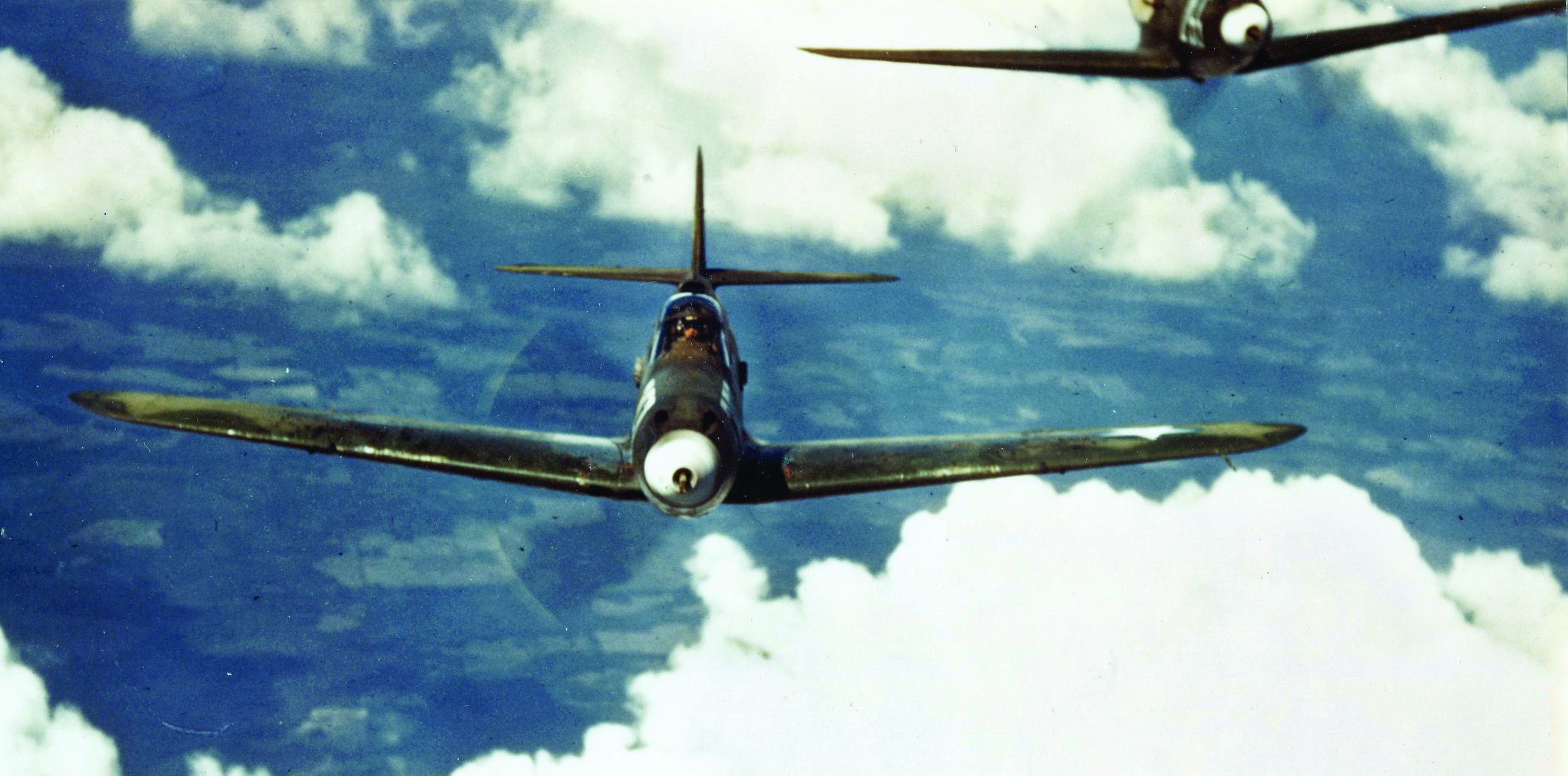
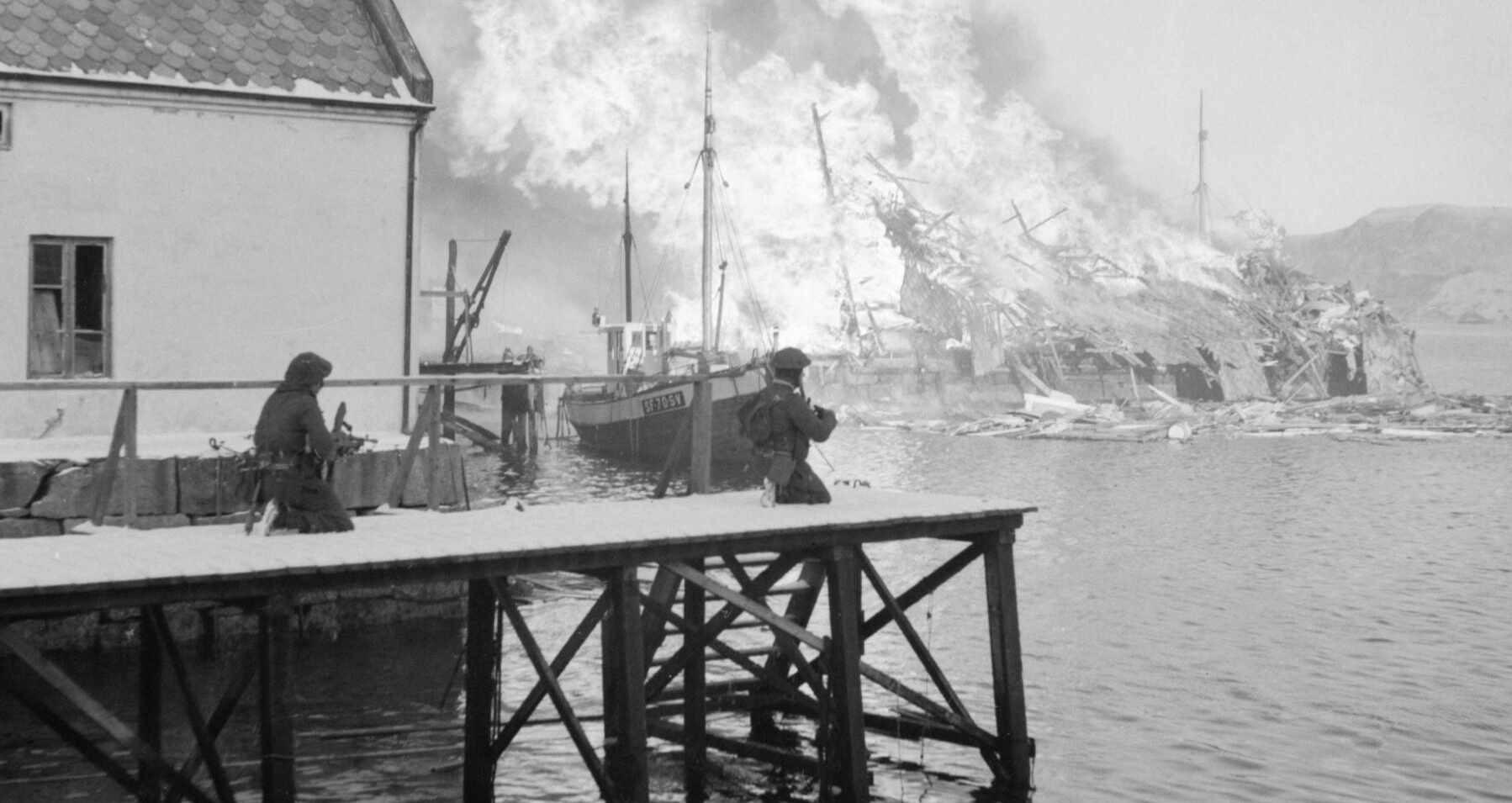
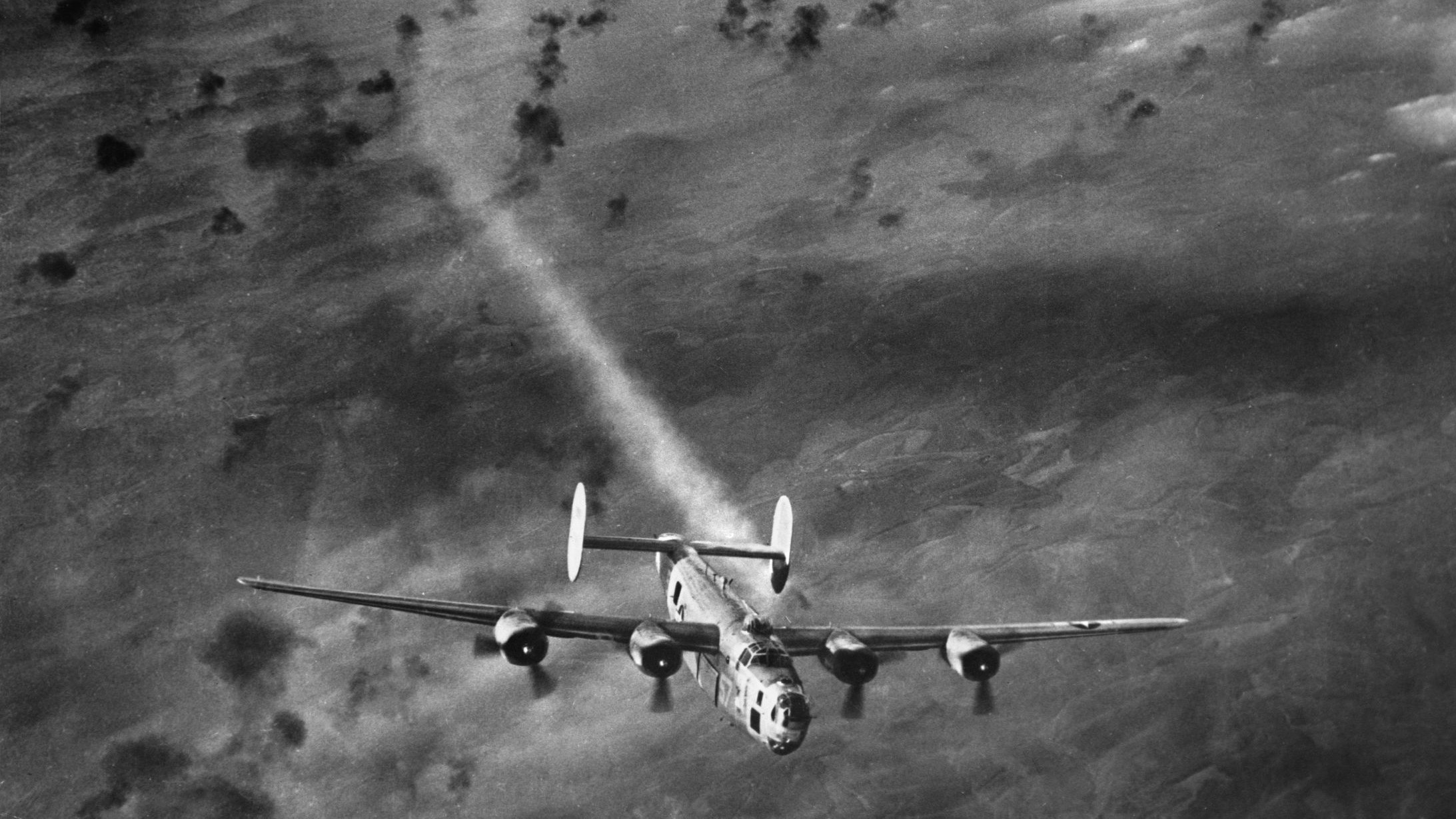
Join The Conversation
Comments
View All Comments